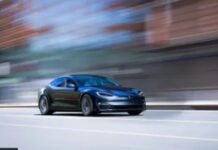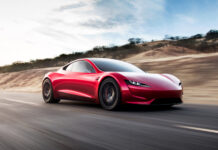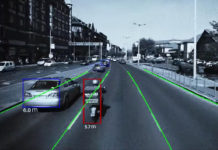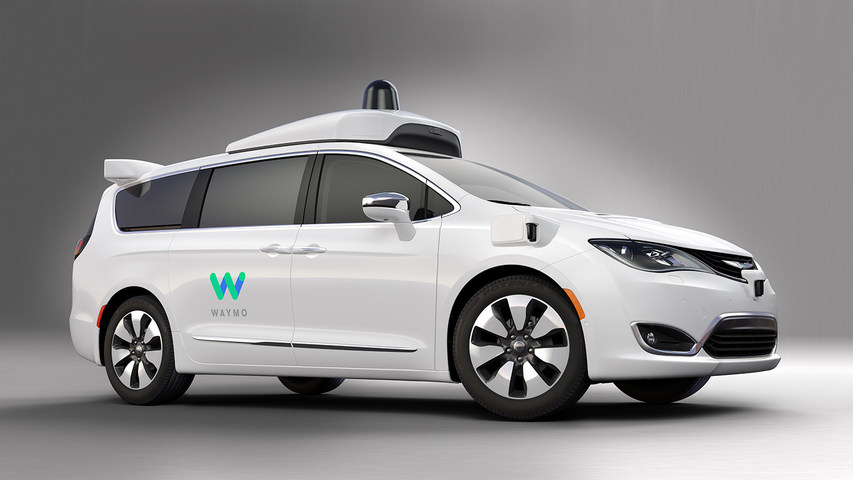When autonomous vehicles become mainstream, and what technologies will need to be improved, were side topics at the recent TU-Automotive Detroit meeting in Novi, Mich. The most pervasive topic, connected vehicles, seemed to point to future autonomous vehicle rollout as its natural extension.
The urgency to rollout autonomous vehicles to reduce traffic fatalities was a main topic of Intel’s presentation at the conference.
“It is imperative that we get autonomous vehicles on the road faster than any other technology in automotive history to purposely save lives,” said Doug Davis, Intel senior vice president and general manager of the company’s Automated Driving Group.
Davis said that Detroit’s introduction of such safety devices as airbags, anti-lock brakes and seat belts took way too long. “Airbags were invented in 1951, in both Germany and the [United States], but it took until the 1970s to perfect technologies and put into production, with broader introductions in the 1980s and 1990s,” he said.
Davis said that the need to get autonomous vehicles quickly on the road also can attributed to the statistic that 93 percent of all fatal accidents are caused by human error. “We need technology to solve the problem technology created.
The economic case for autonomous vehicles could be as much as $1.3 trillion, Davis said, quoting a recent Morgan Stanley report. “About $500 billion is cost reduction from minimizing accidents. Another $500 billion is fuel savings and $570 billion in productivity gains,” he said.
In terms of how many cars will be on the road in 2030, Davis said that while some analysts believe 130 million is the magic number, he believes autonomous vehicles will reduce that number to 105 million vehicles.
One of the industries Davis believes is a good model for autonomous vehicle manufacturers is the aviation/avionics industry. “With avionics, there was a desire to put more computing into an aircraft with a limited footprint. Avionics were able to support autopilot systems that now land aircraft on a center line without pilot input,” he said.
Regardless if a vehicle is self-driving or not, in terms of using applications, drivers shouldn’t have to push one button after another to get a car to do something, said Thilo Koslowski, Porsche Digital CEO and managing director, in a keynote address. “The ability to get information you need at the right time [is critical]. Using the applications today, you push one icon to get a piece of information, then you have to push another one to get more—that seems old school,” he said. “We need to think about specific use cases and allow drivers to value things around them.”
The differences in both Porsche’s and Intel’s presentations about autonomous vehicles were completely different, several people noted. “Seems like Porsche wants drivers to still have the driving experience with both hands on the wheel, while Intel believes that folks will soon have both hands off of the wheel,” said Alain Kornhauser, Princeton University professor and head of the school’s transportation department.
GNSS Companies Targeting Autonomous Vehicles
Because mapping and positioning capabilities are two of the main components in autonomous vehicle development, more GNSS companies are getting into the market. One company, u-blox, said that automotive is its “sweet spot.”
“Positioning is the crown jewel for u-blox. For autonomous vehicles, GNSS needs to deliver accuracy of 1.5 meters to [Society of Automotive Engineers] J2945 [standards],” said Costas Meimetis, u-blox director, product strategy. “We are advancing system availability and reliability, urban performance to [preclude] false alarms and operate in multi-lane levels. The next generation of vehicle-to-infrastructure and autonomous driving will expect far better accuracy than is defined today.”
Meimetis said that not only accuracy matters in autonomous driving. “Functional safety hardware and firmware failures are important for GNSS. All those key requirements need to come at a price point which will justify the business model of autonomous driving,” he said.
Meimetis said that when V2X is fused with advanced driver-assistance systems, or ADAS, the connected and autonomous vehicle market will see exponential growth. “It will move from local perception to cooperative perception to increase reaction time and proactivity,” he said. “When an animal crosses a street, and is detected by sensors, it is already too late. Systems have to have cooperative collision avoidance.”
My thoughts on TU-Automotive Detroit:
- While meeting organizers say that the TU-Automotive Detroit meeting has grown, it still feels like a bunch of companies meet, spend a ton of money to exhibit and speak, all with the goal of making contacts with the elusive automotive OEMs. The panels were thinly disguised sales pitches directly to automakers, which were allowed to register for free. One industry veteran told me that “they want to pitch to automakers, but the [OEMs’] high-level guys who make the decisions aren’t here.”
- Not only did automakers get in free, which is a good strategy for Penton, the conference organizer, but so did government officials. However, there was a National Highway Transportation Safety Administration (NHTSA) conference going on at the same time– with Transportation Secretary Elaine Chao talking about autonomous vehicles in Detroit at the Cobo Center. That’s bad planning on somebody’s part.

























